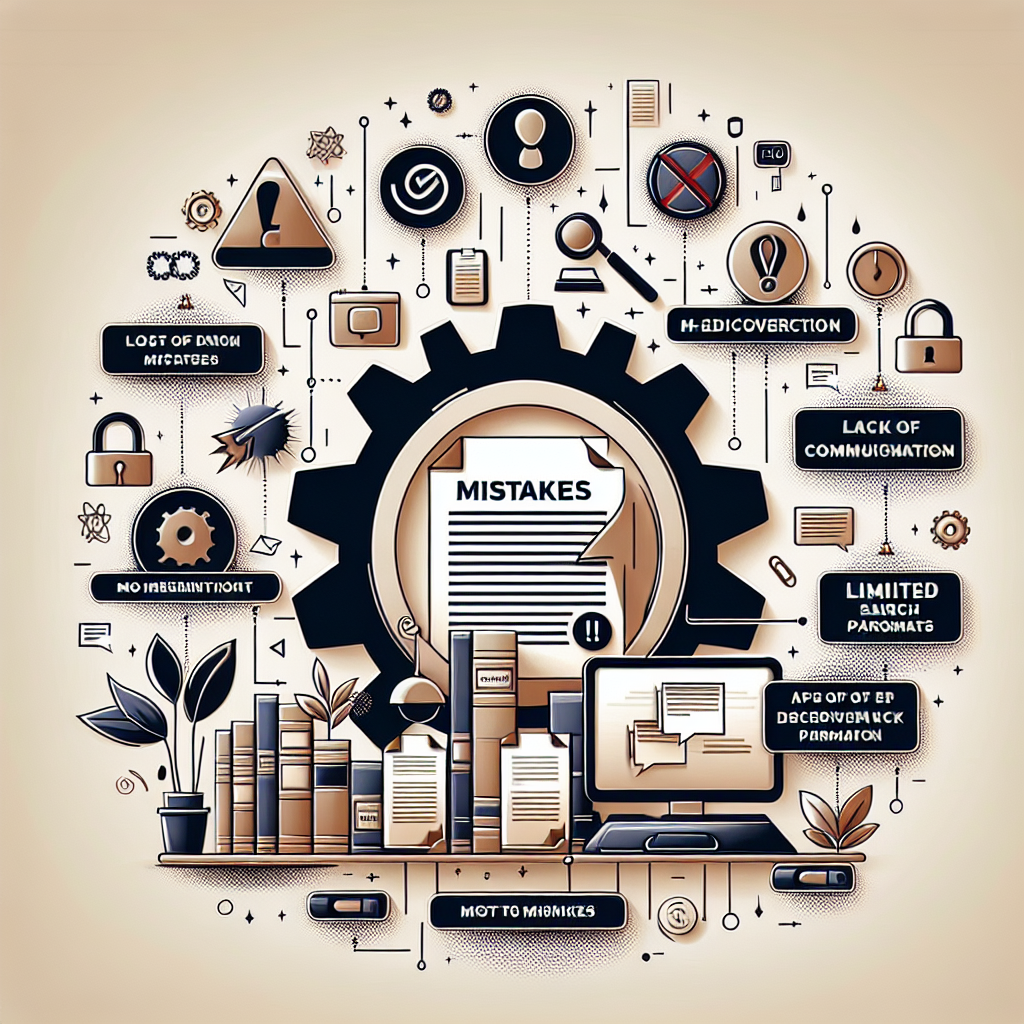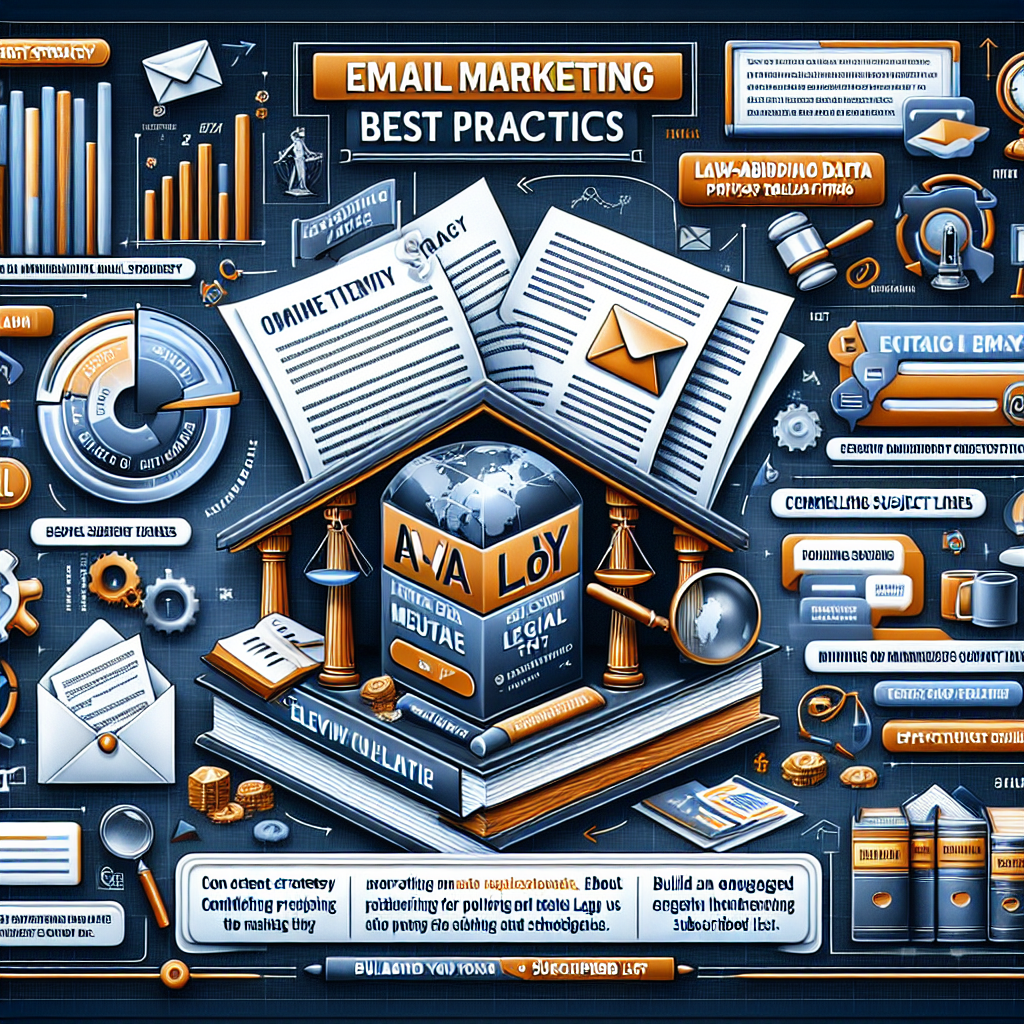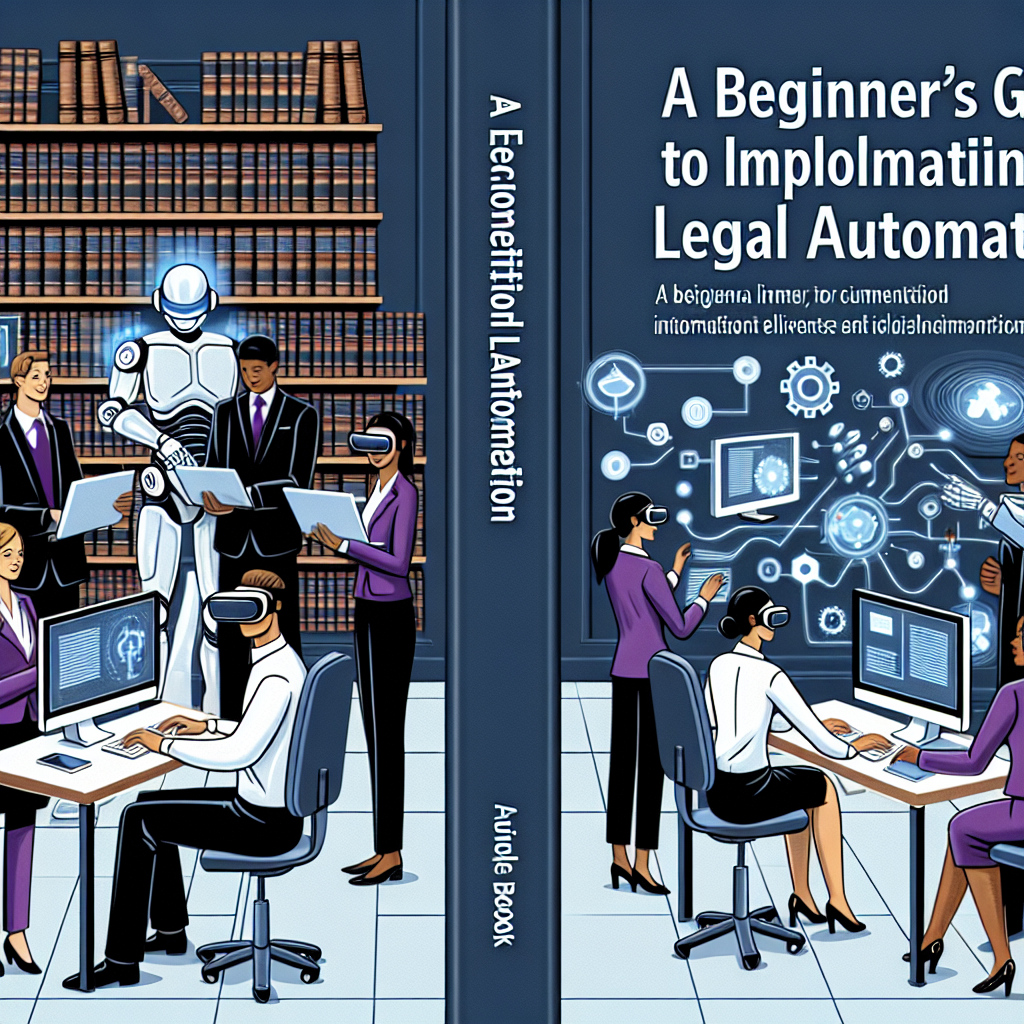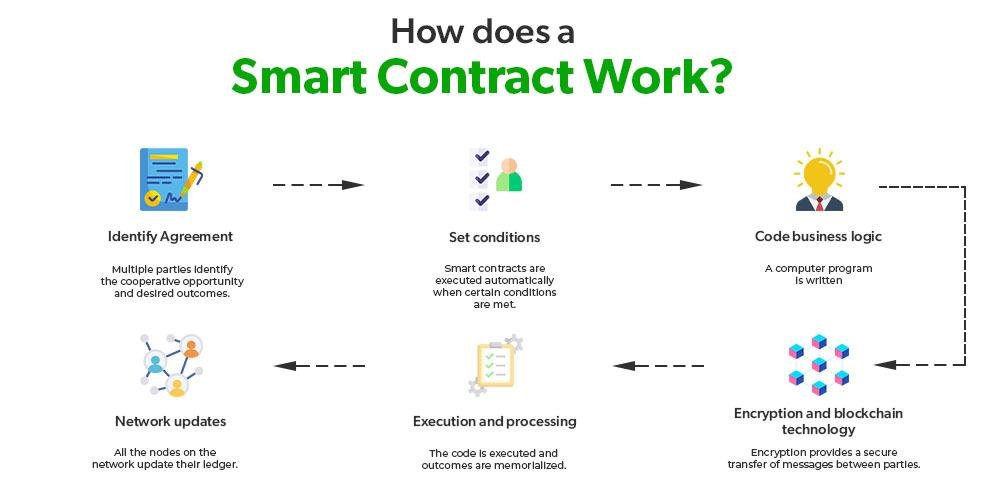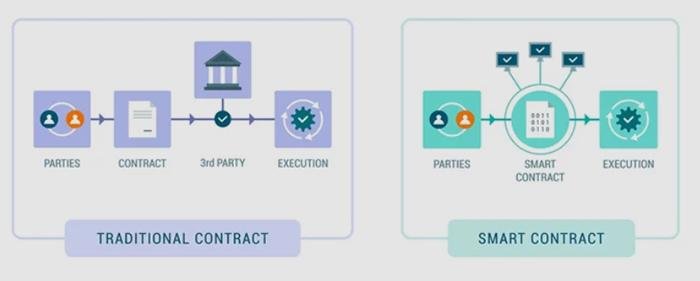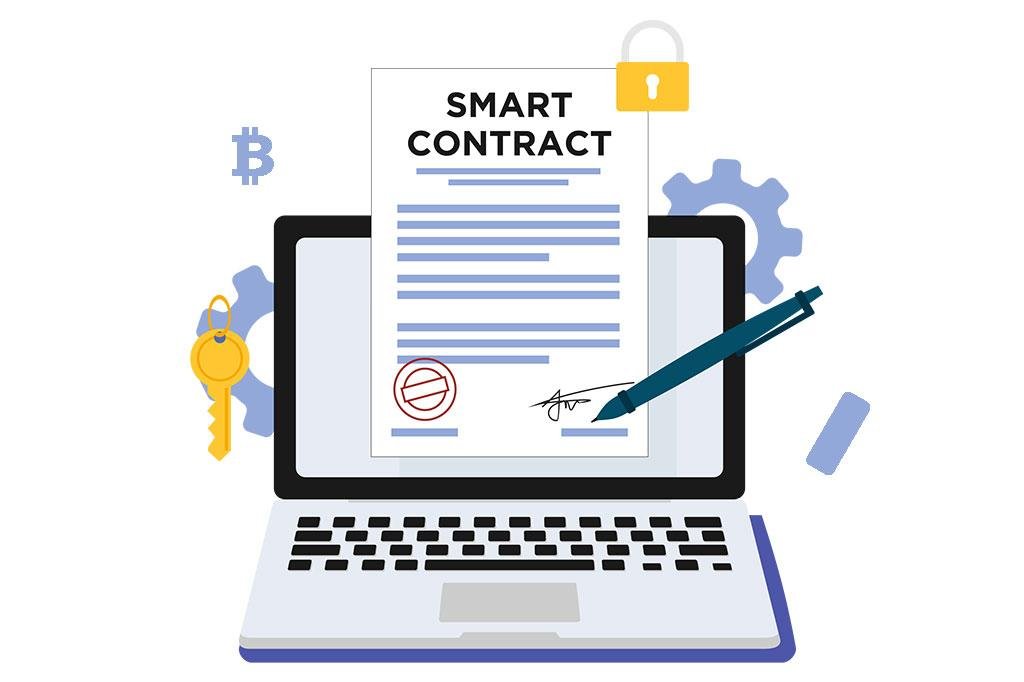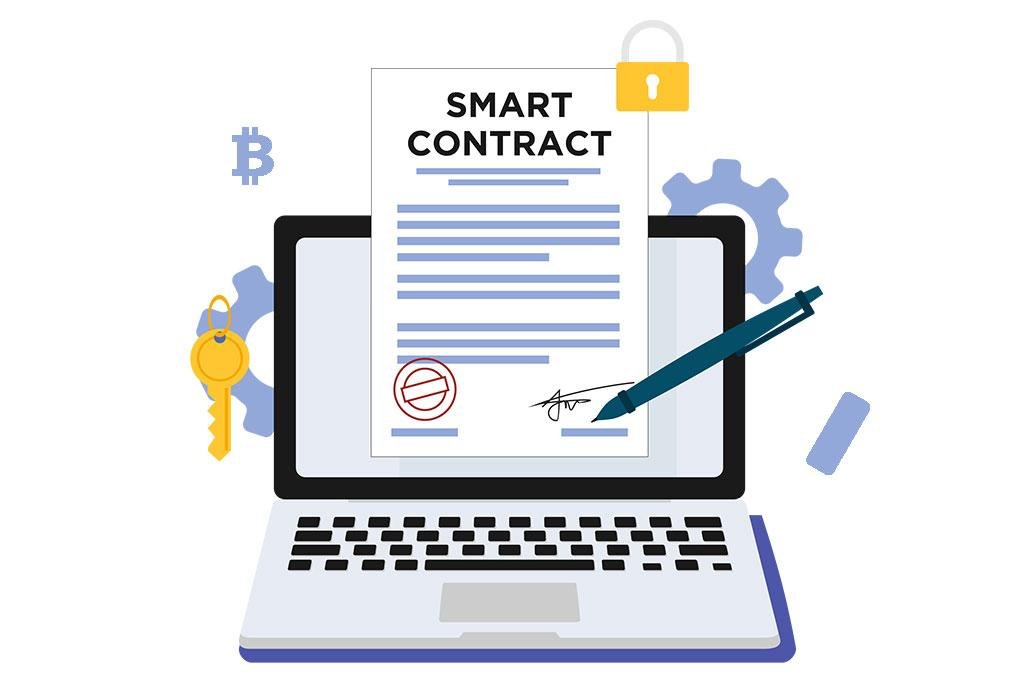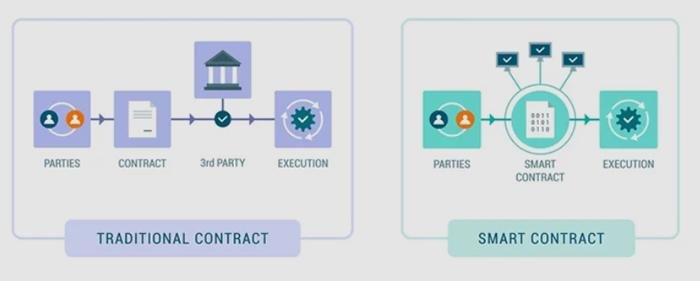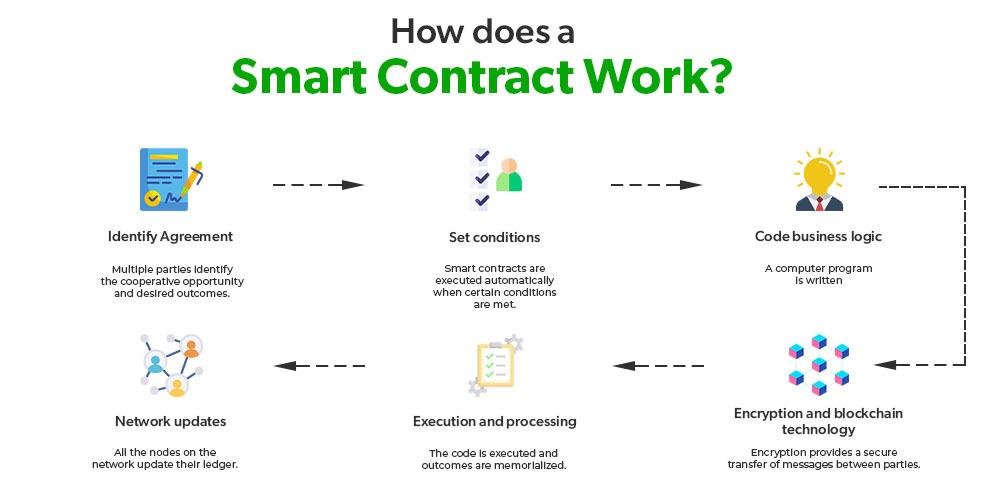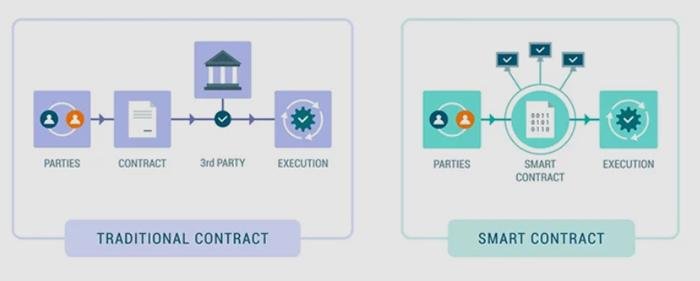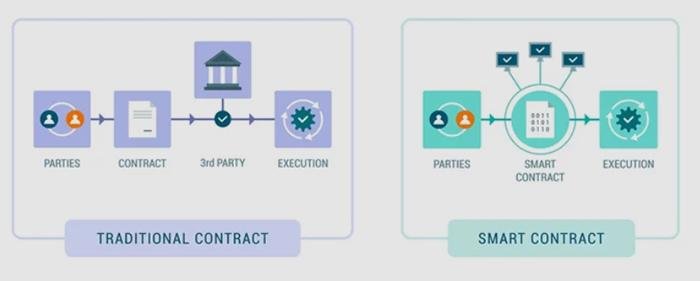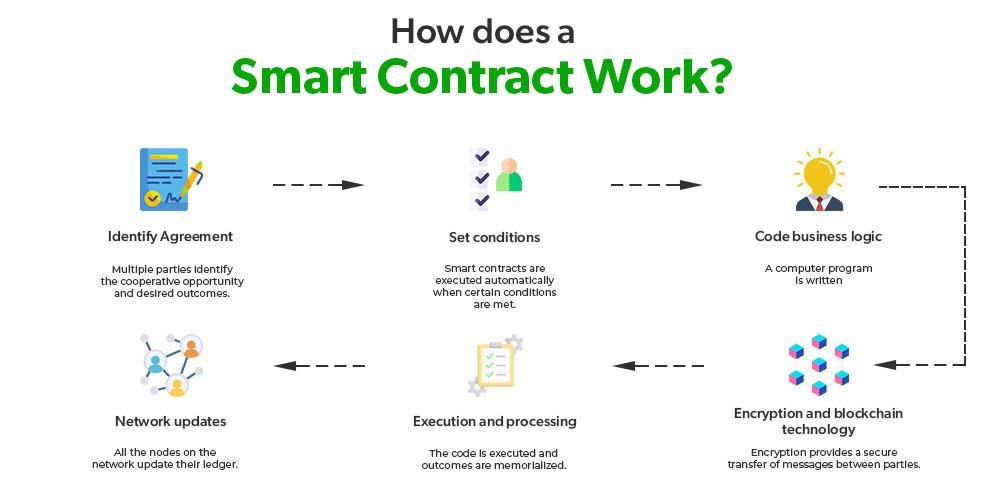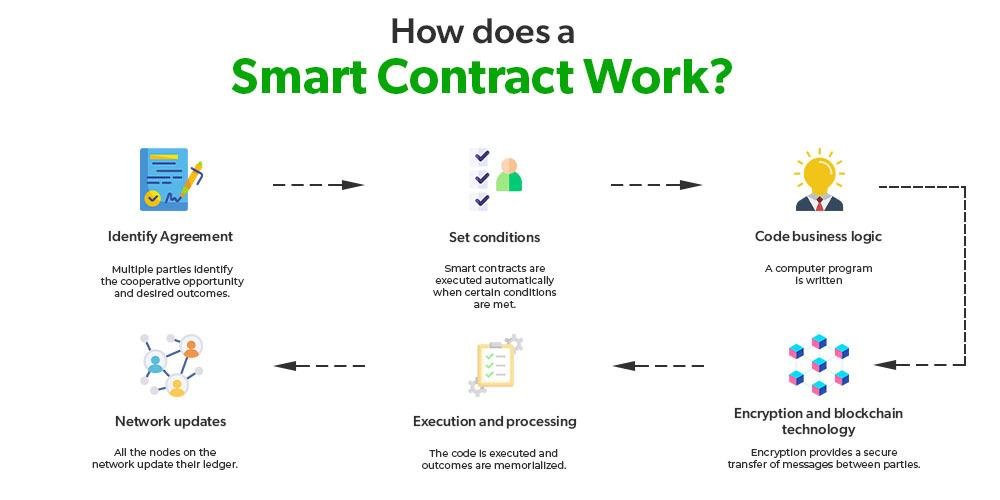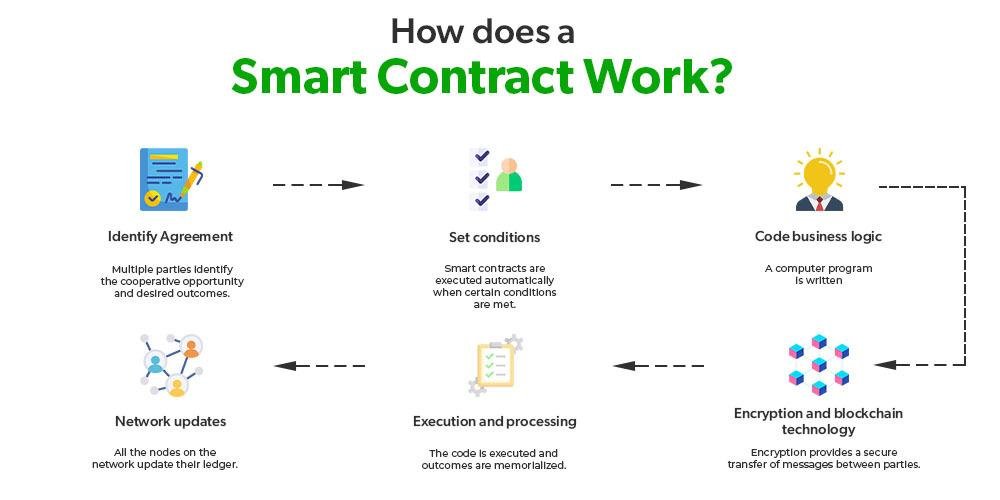Best Practices for Implementing Legal Tech in Your Law Firm
Best Practices for Implementing Legal Tech in Your Law Firm
In today’s fast-paced digital world, the integration of technology in legal practices is not just beneficial—it’s essential. Legal tech is transforming the way law firms operate, offering efficiency, improved client service, and competitive advantages. In this article, we will explore the best practices for implementing legal tech in your law firm to ensure successful integration and optimization.
Understanding Legal Tech
Before diving into the best practices, it’s crucial to understand what legal tech encompasses. Legal tech refers to the use of technology and software to provide legal services and support the legal industry. This includes everything from practice management software and e-discovery tools to AI-powered legal research databases and online dispute resolution platforms.
Why Implement Legal Tech?
Implementing legal tech in your law firm offers numerous benefits, including:
- Efficiency and Productivity: Automation of routine tasks allows lawyers to focus on more complex legal issues.
- Enhanced Client Service: Quick and efficient service improves client satisfaction.
- Cost Reduction: Streamlined operations can reduce overhead costs.
- Competitive Edge: Staying ahead of tech trends can differentiate your firm from competitors.
- Data-Driven Decision Making: Analytics tools provide insights for strategic planning.
Best Practices for Implementing Legal Tech
1. Assess Your Needs and Goals
Begin by evaluating your law firm’s specific needs. Identify pain points in your current processes and areas where technology can make a significant impact. Set clear goals for what you want to achieve with legal tech, whether it’s increased efficiency, better client communication, or enhanced data security.
2. Research and Choose the Right Tools
With a clear understanding of your needs, research the legal tech tools available in the market. Look for solutions that align with your firm’s objectives. Consider factors like user-friendliness, scalability, integration capabilities, and support services. Popular tools include Clio, MyCase, and Relativity, but choose those that fit your specific requirements.
3. Involve Your Team Early
Successful implementation requires buy-in from all stakeholders. Involve your team early in the decision-making process. Gather input from lawyers, paralegals, and administrative staff to ensure that the chosen technology addresses their needs and concerns. Training and support should be provided to ease the transition.
4. Develop a Strategic Implementation Plan
Create a detailed plan outlining how the legal tech will be implemented. This plan should include timelines, milestones, and responsibilities. Consider phased rollouts to minimize disruptions to your practice. Regularly review and adjust the plan to address any challenges that arise.
5. Focus on Data Security and Compliance
Data security is paramount in the legal industry. Ensure that any legal tech solutions you implement comply with industry standards and regulations such as GDPR or HIPAA. Work with IT professionals to establish robust security protocols and conduct regular audits to protect client information.
6. Monitor and Evaluate Performance
Once implemented, continuously monitor the performance of your legal tech solutions. Gather feedback from your team and clients to identify areas for improvement. Use analytics tools to measure productivity gains and client satisfaction. Regular evaluations will help you refine your tech strategy and maximize ROI.
7. Stay Updated with Legal Tech Trends
Legal tech is an ever-evolving field. Stay informed about the latest trends and innovations. Attend industry conferences, webinars, and networking events to learn from peers and thought leaders. Being proactive about emerging technologies can keep your firm at the cutting edge.
Conclusion
Implementing legal tech in your law firm is a strategic move that can enhance efficiency, client service, and competitiveness. By following these best practices, you can ensure a smooth transition and maximize the benefits of your technology investment. Remember, the key to successful implementation lies in understanding your firm’s unique needs, involving your team, and continuously evaluating performance.
For more insights and updates on legal tech, subscribe to our newsletter and stay ahead of the curve in the ever-changing legal landscape.















